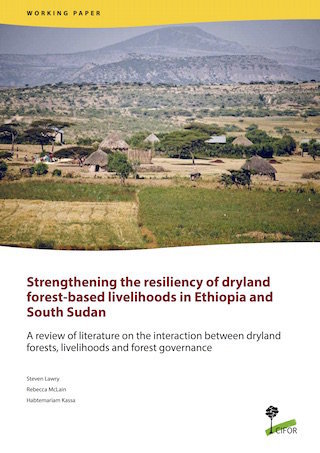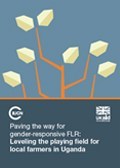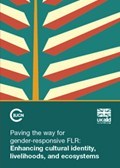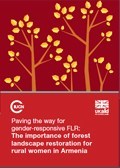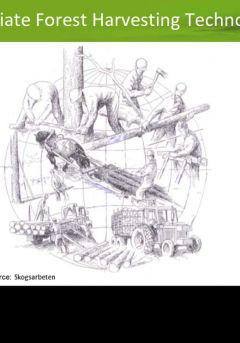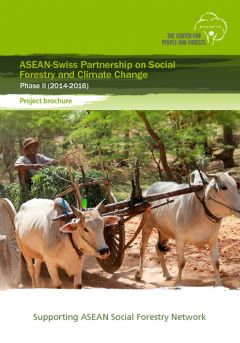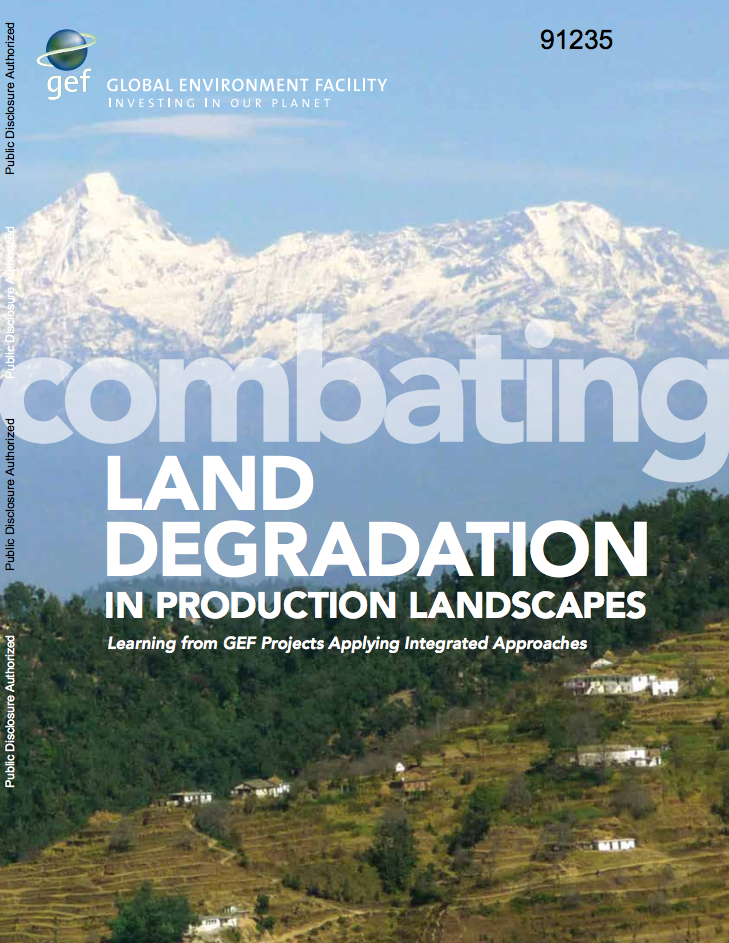Republic of Moldova Forest Policy Note
This forest policy note (FPN) offers
an outside view of the Moldovan forestry sector, provides
some strategic guidance to help define sector goals, and
identifies opportunities for consideration in the continued
development of the sector and for the implementation of the
Moldova and World Bank (WB) country partnership strategy
(CPS). This study is based on a number of short visits to
Moldova and on a number of background studies undertaken


